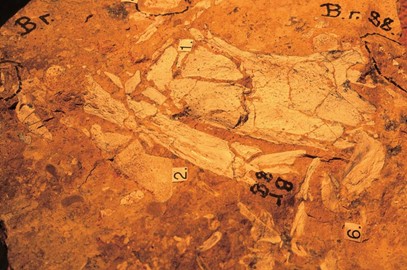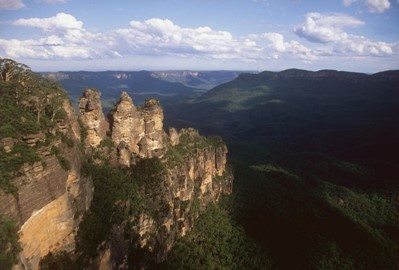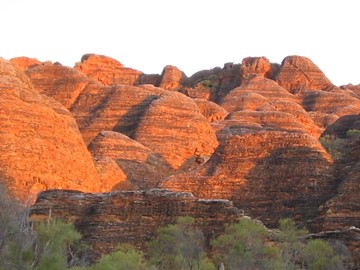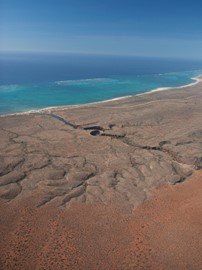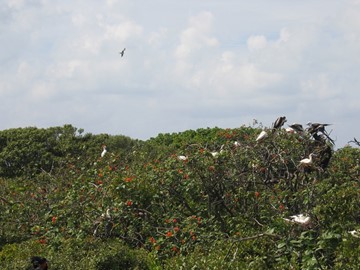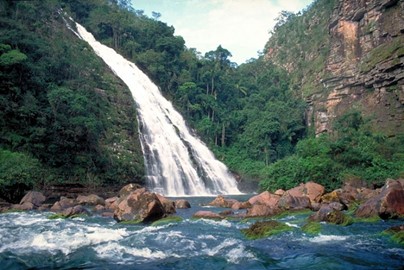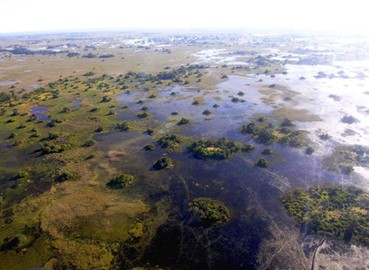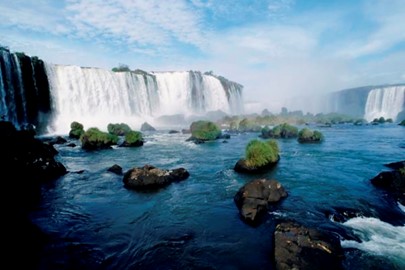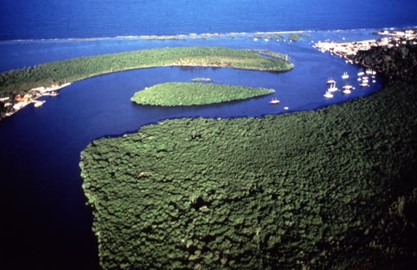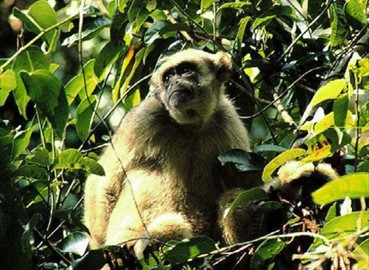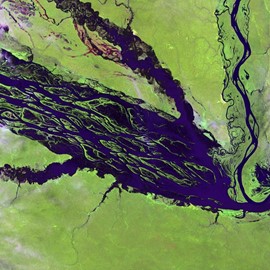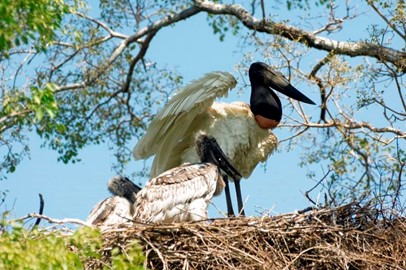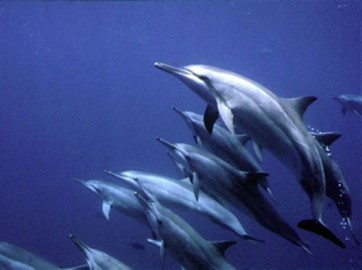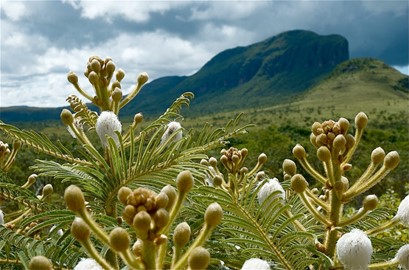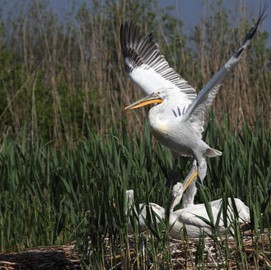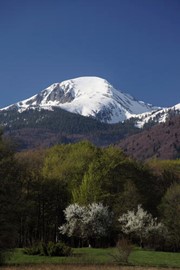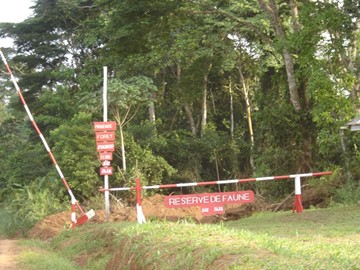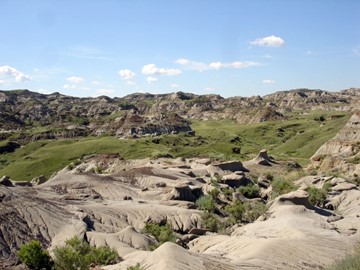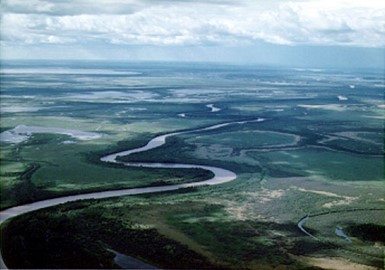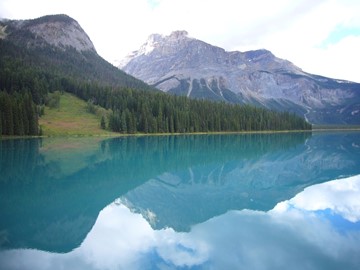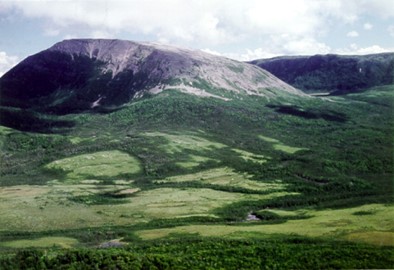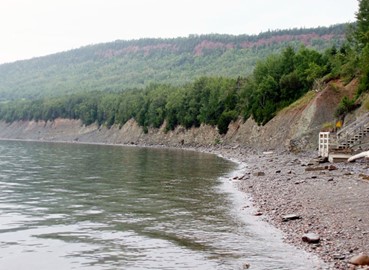category :: natural
Fraser Island
Fraser Island, a UNESCO World Heritage site in Australia, is the world’s largest sand island, renowned for its diverse ecosystems and natural beauty. Its golden beaches, towering dunes, and crystal-clear freshwater lakes contrast with lush rainforests teeming with rare species like the Fraser Island dingo. Shaped by shifting sands and ancient geological processes, it offers a striking landscape of ecological significance. This pristine wilderness stands as a unique testament to nature’s adaptability and a c... Read More
Australian Fossil Mammal Sites
Riversleigh and Naracoorte, the Australian Fossil Mammal Sites, a UNESCO World Heritage site in Australia, safeguard a remarkable collection of ancient fossils showcasing the continent’s prehistoric biodiversity. These sites feature well-preserved remains of extinct megafauna, such as the giant wombat-like diprotodon and the marsupial lion, spanning millions of years. Encased in dramatic limestone formations and desert terrains, they provide critical insights into Australia’s evolutionary past. This invalua... Read More
Greater Blue Mountains Area
The Greater Blue Mountains, a UNESCO World Heritage site in Australia, is a rugged wilderness renowned for its dramatic sandstone cliffs, deep valleys, and rich biodiversity. Its ancient eucalypt forests, emitting a blue haze from oil vapors, harbor unique species like the Wollemi pine, a living fossil. Sculpted by millions of years of erosion, the landscape features cascading waterfalls and expansive plateaus. This ecological haven offers a striking blend of natural beauty and evolutionary significance, se... Read More
Purnululu
Purnululu, a UNESCO World Heritage site in Australia, is a remote geological marvel famed for its striking beehive-shaped sandstone domes. Sculpted over millions of years by erosion, these orange-and-black striped formations rise from the arid landscape, creating a surreal vista. The site harbors unique desert ecosystems, supporting rare flora and fauna adapted to its harsh conditions. Sacred to Indigenous peoples, Purnululu blends cultural significance with natural wonder, standing as a testament to Earth’... Read More
Ningaloo Coast
The Ningaloo Coast, a UNESCO World Heritage site in Australia, is a pristine marine and terrestrial landscape renowned for its vibrant coral reef and biodiversity. Fringed by turquoise waters, it hosts an array of marine life, including whale sharks, manta rays, and colorful fish, thriving along its accessible shorelines. Limestone cliffs and arid hinterlands contrast with the underwater spectacle, showcasing unique ecosystems. This untouched coastal gem offers a rare blend of natural beauty and ecological ... Read More
The Sundarbans
The Sundarbans, a UNESCO World Heritage site in Bangladesh, is a vast mangrove forest celebrated for its unique ecosystem and biodiversity. This labyrinth of waterways and tidal flats shelters the endangered Bengal tiger, along with diverse wildlife like crocodiles and rare birds. Its dense, salt-tolerant mangroves protect the coast from erosion and cyclones, showcasing nature’s resilience. This pristine wilderness stands as a critical sanctuary for conservation and a striking example of ecological harmony.... Read More
Belize Barrier Reef
The Belize Barrier Reef, a UNESCO World Heritage site in Belize, is the largest coral reef system in the Northern Hemisphere, renowned for its biodiversity and natural beauty. Stretching over 300 kilometers, it includes vibrant coral formations, mangroves, and cayes, supporting a vast array of marine life, including endangered species like sea turtles and manatees. Recognized by UNESCO in 1996, it showcases remarkable ecological significance and geological history. The reef remains a vital ecosystem and a g... Read More
Noel Kempff Mercado
The National Park is one of the largest (1,523,000 ha) and most intact parks in the Amazon Basin. With an altitudinal range of 200 m to nearly 1,000 m, it is the site of a rich mosaic of habitat types from Cerrado savannah and forest to upland evergreen Amazonian forests. The park boasts an evolutionary history dating back over a billion years to the Precambrian period. An estimated 4,000 species of flora as well as over 600 bird species and viable populations of many globally endangered or threatened verte... Read More
Okavango Delta
The Okavango Delta, a UNESCO World Heritage site in Botswana, is a vast inland wetland renowned for its exceptional biodiversity and unique ecosystem. Formed by the Okavango River spreading into a labyrinth of channels, lagoons, and islands, it supports diverse wildlife, including elephants, hippos, and rare birds. Inscribed by UNESCO in 2014, it’s one of the world’s largest freshwater deltas, offering a stunning natural spectacle. The delta remains a vital haven of Botswana’s ecological heritage.
Iguaçu
Iguaçu National Park, a UNESCO World Heritage site in Brazil, is a breathtaking natural reserve renowned for its spectacular Iguaçu Falls. Spanning a vast subtropical rainforest, it features over 270 waterfalls, including the dramatic Devil’s Throat, surrounded by rich biodiversity like jaguars and toucans. Recognized by UNESCO in 1986, it showcases the power and beauty of nature. The park remains a vital ecological treasure and a global natural wonder.
Discovery Coast Atlantic Forest
The Discovery Coast Atlantic Forest Reserves, a UNESCO World Heritage site in Brazil, are a vital ecological haven preserving one of the world’s most biodiverse rainforests. Spanning coastal forests and mangroves, they shelter rare species like jaguars and golden lion tamarins amid lush, pristine landscapes. Recognized by UNESCO in 1999, they highlight Brazil’s commitment to conservation. These reserves remain a stunning showcase of the country’s natural heritage.
Atlantic Forest South East
The Atlantic Forest South-East, a UNESCO World Heritage site in Brazil, is a biodiverse rainforest region celebrated for its ecological richness. Encompassing mountains, valleys, and coastal areas, it harbors endangered species like the muriqui monkey and a vast array of plant life. Inscribed by UNESCO in 1999, it represents a critical remnant of Brazil’s Atlantic Forest. The site stands as a testament to the country’s natural legacy and conservation efforts.
Central Amazon Conservation Complex
The Central Amazon Conservation Complex, a UNESCO World Heritage site in Brazil, is a vast protected region celebrated for its unparalleled Amazonian biodiversity. Covering millions of hectares, it includes rivers, forests, and wetlands teeming with species like pink river dolphins and giant arapaima fish. Inscribed by UNESCO in 2000, it’s one of the planet’s largest conservation areas. The complex stands as a vital testament to Brazil’s natural heritage.
Pantanal
The Pantanal Conservation Area, a UNESCO World Heritage site in Brazil, is a vast wetland renowned for its extraordinary wildlife and ecosystems. Spanning floodplains and rivers, it supports jaguars, caimans, and the world’s densest population of hyacinth macaws. Recognized by UNESCO in 2000, it’s a critical refuge for biodiversity in a seasonal landscape. The Pantanal remains a stunning showcase of Brazil’s natural wonders.
Fernando de Noronha and Atol das Rocas
Fernando de Noronha and Atol das Rocas, a UNESCO World Heritage site in Brazil, are pristine marine ecosystems celebrated for their biodiversity and natural beauty. This volcanic archipelago and coral atoll host dolphins, sea turtles, and vibrant reefs, thriving in clear Atlantic waters. Inscribed by UNESCO in 2001, they’re vital for marine conservation and research. The site remains a breathtaking testament to Brazil’s oceanic heritage.
Chapada dos Veadeiros and Emas
The Cerrado Protected Areas, encompassing Chapada dos Veadeiros and Emas National Parks in Brazil, form a UNESCO World Heritage site celebrated for preserving the Cerrado, one of the planet’s oldest and most diverse tropical ecosystems. These parks safeguard vital flora, fauna, and habitats, serving as refuges for species during past climate shifts and playing a key role in sustaining the region’s biodiversity amid future changes. Chapada dos Veadeiros, perched on an ancient plateau, boasts stunning highlan... Read More
Srebarna
Srebarna Nature Reserve, a UNESCO World Heritage site in Bulgaria, is a vital wetland ecosystem centered around a serene lake. Renowned for its rich biodiversity, it serves as a critical habitat for rare and endangered bird species, including the Dalmatian pelican, and supports a thriving array of aquatic life. Recognized for its ecological importance, it stands as a pristine example of natural heritage and a key stopover on migratory routes.
Pirin
Pirin National Park, a UNESCO World Heritage site in Bulgaria, is a pristine alpine landscape celebrated for its rugged peaks, glacial lakes, and diverse ecosystems. Home to rare flora and fauna, including the endemic Balkan chamois, it showcases dramatic natural beauty shaped by ancient geological processes. Recognized for its ecological and scenic value, it stands as a testament to the region’s untouched wilderness.
Dja Faunal
Dja Faunal Reserve, a UNESCO World Heritage site in Cameroon, is a vast, pristine rainforest teeming with biodiversity. Home to endangered species like forest elephants, gorillas, and chimpanzees, it remains largely untouched by human activity, preserving one of Central Africa’s most intact ecosystems. Recognized for its ecological importance, it stands as a critical sanctuary for wildlife and a testament to the region’s natural heritage.
Nahanni
Nahanni National Park, a UNESCO World Heritage site in Canada, is a rugged wilderness renowned for its dramatic landscapes and geological wonders. Featuring deep canyons, towering waterfalls like Virginia Falls, and unique tufa mounds, it showcases the raw beauty of untouched nature shaped by ancient river systems. Recognized for its ecological and scenic significance, it stands as a pristine testament to the region’s wild heritage.
Dinosaur Provincial Park
Dinosaur Provincial Park, a UNESCO World Heritage site in Canada, is a fossil-rich badland celebrated for its extraordinary paleontological significance. Home to one of the world’s densest concentrations of Cretaceous dinosaur remains, it features striking eroded landscapes and over 150 documented species, offering a window into prehistoric life 75 million years ago. Recognized for its scientific and natural value, it stands as a global treasure of Earth’s ancient past.
Wood Buffalo
Wood Buffalo National Park, a UNESCO World Heritage site in Canada, is a vast wilderness preserving North America’s largest population of free-roaming wood bison. Spanning diverse ecosystems like boreal forests, wetlands, and salt plains, it also hosts the endangered whooping crane’s only natural nesting ground. Recognized for its ecological importance, it stands as a critical sanctuary for biodiversity and natural heritage.
Canadian Rocky Mountain Parks
The Canadian Rocky Mountain Parks, a UNESCO World Heritage site in Canada, encompass a stunning array of peaks, glaciers, and alpine landscapes. Featuring iconic sites like Banff, Jasper, Kootenay and Yoho, as well as the Mount Robson, Mount Assiniboine and Hamber provincial parks, this vast wilderness boasts fossil-rich formations, dramatic canyons, and abundant wildlife, shaped by millions of years of geological activity. Recognized for its natural beauty and scientific value, it stands as a pristine show... Read More
Gros Morne
Gros Morne National Park, a UNESCO World Heritage site in Canada, is a geological marvel showcasing ancient continental drift and tectonic wonders. Its dramatic fjords, barren Tablelands, and diverse ecosystems highlight Earth’s history, from exposed mantle rock to glacial-carved landscapes. Recognized for its scientific and scenic significance, it stands as a striking testament to nature’s raw power and beauty.
Miguasha
Miguasha National Park, a UNESCO World Heritage site in Canada, is a fossil treasure trove from the Devonian period, known as the 'Age of Fishes.' Its cliffs preserve an exceptional record of 370-million-year-old marine life, including key species like the lobe-finned fish that mark the transition to land vertebrates. Recognized for its paleontological significance, it stands as a vital window into Earth’s evolutionary past.

